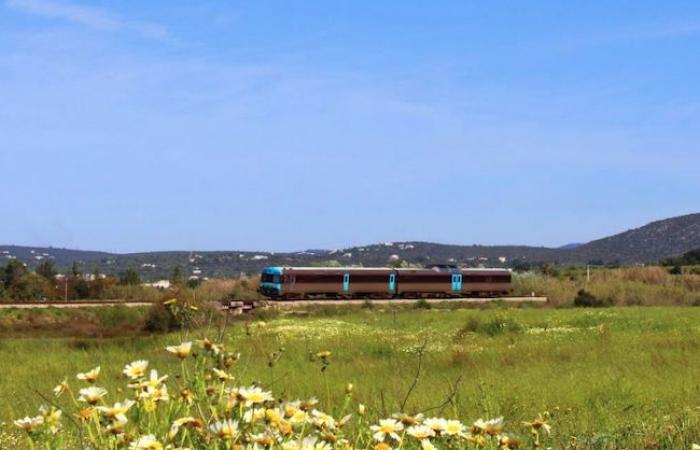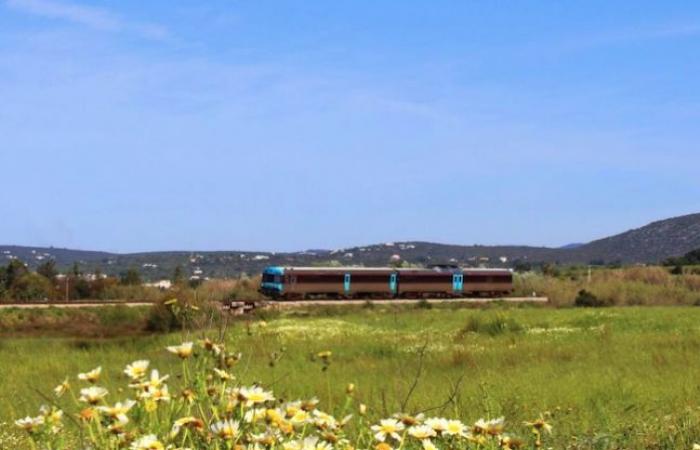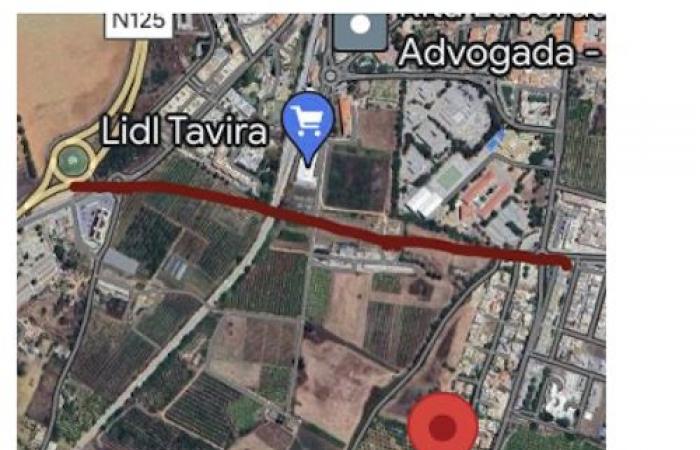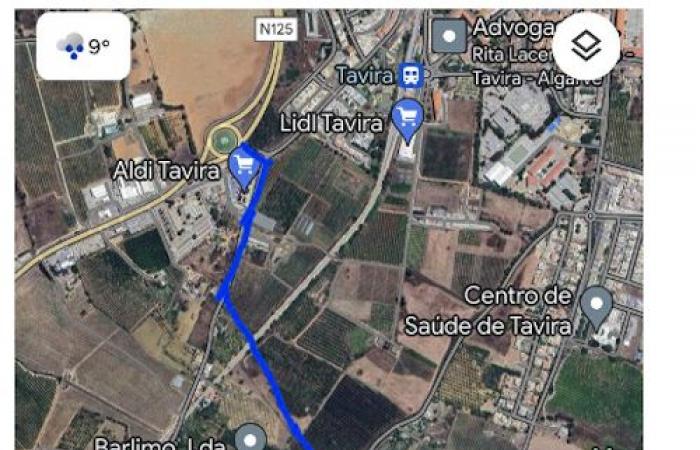Despite the fact that the DIA -environmental impact statement-, four years ago, conducted by the Portuguese Environment Agency – APA – gave an unfavorable opinion to the road crossing at CEAT – Centro de Experimentação Agrária de Tavira (https://siaia.apambiente. pt/AIADOC/AIA3291/pf0016.pe.0003.rnt_rev201910312019112716536 .pdf – [1] respective DIA content. ) the mobility plan commissioned by the Municipality of Tavira, entitled “Sustainable Mobility Plan for the City of Tavira (PMSCT)”, maintains the proposed road to be built, unchanged.
Furthermore, it is a plan from the past, created contrary to current models of sustainable urban mobility, neglecting issues of public health, climate, pollution, water resources, social coexistence, without the participation of interested parties in its preparation. , that is, residents of the city and favoring automobile transport.
An outdated plan that does not respect the guidelines of the European Commission, the European Council and the European Parliament for Sustainable Urban Development, nor the European Green Deal Pact, in order to remove car traffic from city centers.
The mobility plan that was commissioned from the company “Figueira de Sousa, Transportes e Mobilidade” and whose public consultation was published last Wednesday, March 13th on the Municipality’s Facebook page, ends on March 21st, a deadline impossible to achieve. fulfill for the real participation of the majority of people. The plan, which contains almost 100 pages, did not take into account what characterizes Tavira, its people, its strategic and developing projects. In particular, it did not take into account the city’s natural and historical heritage. CEAT (Tavira Agricultural Experimentation Center) represents and has been defended, as a strategic project for the city and the region, as a privileged center for promoting the Mediterranean Diet.
The richness and defense of CEAT’s natural and cultural heritage is well expressed both in the aforementioned DIA and in the recently presented Mediterranean Diet Safeguarding Activity Plan 2023-27 (UAlg/CCDR Algarve IP). This Center is part of the strategy of the former Regional Directorate of Agriculture and Fisheries and the municipality of Tavira [1], as a place of identity for DM and as a hub for innovation. In fact, among others, it is planned to install a DM Farm at CEAT, a Skills Center / Interpretation of the Mediterranean Diet, experimentation / research fields, the Earth Museum and continue the work of recovering and preserving “forgotten” traditional varieties of Mediterranean species from the region. Carrying out these activities will allow us to preserve biodiversity, value and transmit the Mediterranean lifestyle to future generations, demonstrate sustainable production methods and enhance the range of economic activities linked to the Mediterranean Diet.
[1] http://www.dietamediterranica.pt/?q=en/ccdm-not%C3%ADcias/centro-de-experimenta%C3%A7%C3%A3o-agr%C3%A1ria-de-tavira-projetos-para -the future
At this moment we are witnessing a proposal for the irreversible destruction of this emblematic space, this green lung of the city, which should be an urban agricultural and interpretive park for the enjoyment of the population, exemplary and a source of greater pride for Tavira as a representative community of the DM-PCIH, UNESCO. The intention of establishing the PN 371+317 road, which runs along 608 meters, in spaces with predominant agricultural occupation (orchard, vineyard and uncultivated areas) belonging, for the most part, to the Tavira Agricultural Experimentation Center of DRAP Algarve / CCDR Algarve IP Agriculture and Fisheries, will destroy the unique character of this space that has been part of Tavira’s identity since 1926. It should also be noted that the solution to restore the PN 371+317 road was not foreseen in the Tavira PDM, in force for 4 years.
In figure 1, it can be seen that the road highlighted in red, from the agrarian post, it will trap children with roads, increasing child insecurity, an aspect previously invoked in the Unfavorable Environmental Impact Statement issued by the APA. The designed Earth Museum will be separated from Quinta da DM, the community gardens, the building that will be DM’s competence center, infrastructure and equipment that should support agriculture, experimental fields, collections and other projects of DM in development, such as the proposed shared kitchen/UT or the training center.
At figure 2, we present an alternative, the road in blue, which avoids the dismantling of CEAT and maintains the objectives of increasing peripheral traffic circulation or creating a new railway level crossing.
We highlight just a fewthe others more serious impacts of this municipality’s Mobility Plan project, built on the backs of citizens and which is yet another lost opportunity to “Think of the city as an ordered territory, truly sustainable and enjoyable for its people”:
i) Passage of traffic lanes in the traditional fruit tree plantation areas of CEAT next to the strategic building of the DM Competence Center/Sustainable Food and Schools Hub (with clear loss of natural, cultural, educational and social heritage);
ii) Possibility of installing an intermodal transport center (alternative 1) north of the N125, without pedestrian access, on the line of the road that is suggested to be created (city ring road) to cross the CEAT. The municipality has other options and approaches for the intermodal transport center and its mobility and accessibility.
iii) Possibility of installing an intermodal transport center (alternative 2) at CEAT where Tavira’s community gardens are currently located. The community gardens project marks the beginning of the revitalization of CEAT, advocates the SDGs and provides food self-determination to more than 67 households in the city. This option is unacceptable and demonstrates how out of step with reality this plan is. There is also added pressure in an area within the urban fabric and with sensitive accesses such as R. Dr. Fausto Cansado, which is a pedestrian circulation area for children and teenagers on their school journey;
iv) Increase in the heat island phenomenon with the replacement of several existing green areas (which are already quite residual in the city) with more concreted, waterproof areas dedicated to car circulation and parking;
J cutBandstand public garden for the passage of a traffic road, promoting increased pollution, insecurity and a decrease in the quality of public space, in the only green space of considerable size in the city (the population has already shown clear signs of opposition to this strategy);
v) Cut and mischaracterization of the Alagoa Public Garden, another blow to the city’s urban cultural landscape to serve, above all, models of the city’s gentrification;
vi) Destruction of the Corredoura Garden to make way for a parking lot with a traffic lane to the center and promote car circulation in the heart of the city;
vii) Transformation of the only large wasteland in the city, the fairs and markets park, into a parking lotwhen the implementation of MORE green areas qualified by the presence of school and sports venues should be promoted;
viii) waterproofing of flood zones in the city center.
This plan does not present any improvements for the city, instead it suggests several interventions that in no way reflect the needs of the city of Tavira: MORE cars, MORE insecurity and decreased quality of the urban landscape for the city center of Tavira. It is NOT a sustainable mobility project, it is incipient in its foundations and goes against the cycle of the SDGs (Sustainable Development Goals) that it invokes. Furthermore, in this proposal, there was NO consultation with the real users: the people who use the city’s central spaces on a daily basis, namely traders and all of us, residents of Tavira.
We say NO to this Mobility Plan. They will not cut down the bandstand garden, they will not tear the agricultural station in half as a centenary “gift”, they will not bring any more cars to the city center.
We say YES to a Green Lung, to the fifth interpretation of the DM, to the experimental fields of collections of national importance, to Infrastructures to support the locally based economy, to the safety of children, throughout the city!!
It is imperative and crucial, given the complexity of the analysis of this Mobility Plan for the city of Tavira, its strategic importance and, respect for the active participation of citizens, that the Public consultation is extended beyond March 21st.
On the Association’s website A draft will be available for participation in this public consultation at www.ecotopiaactiva.com, but you are asked to send e-mails to the municipality now [email protected] It is [email protected] showing “disagreement” with this uncharacteristic and unsustainable Mobility Plan.
Active Ecotopia
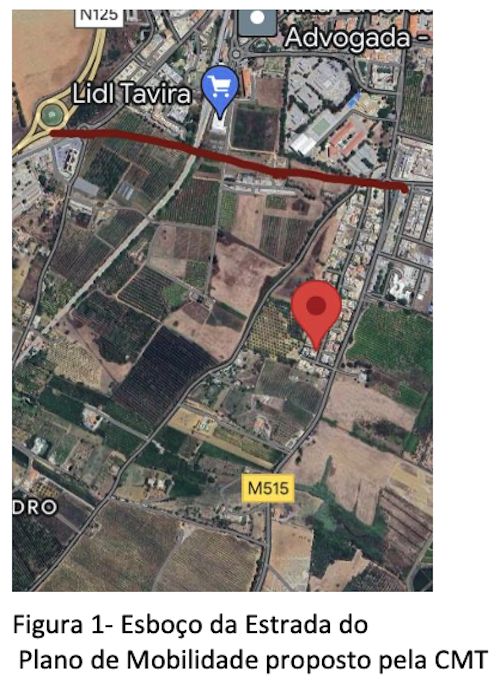

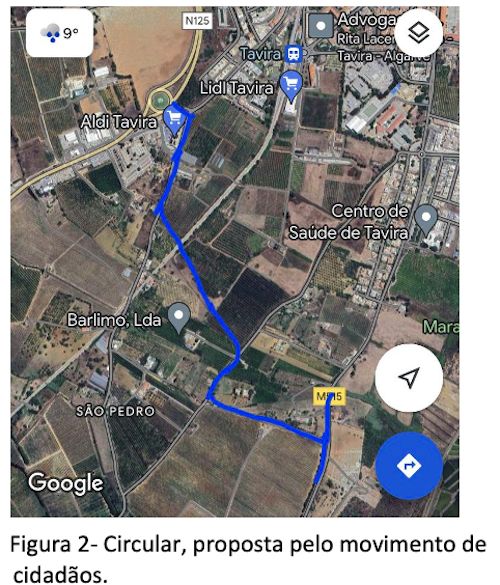

Tags: CEAT Tavira Chamber destroy Jardins Baixa Tavira tear road CEAT
--
